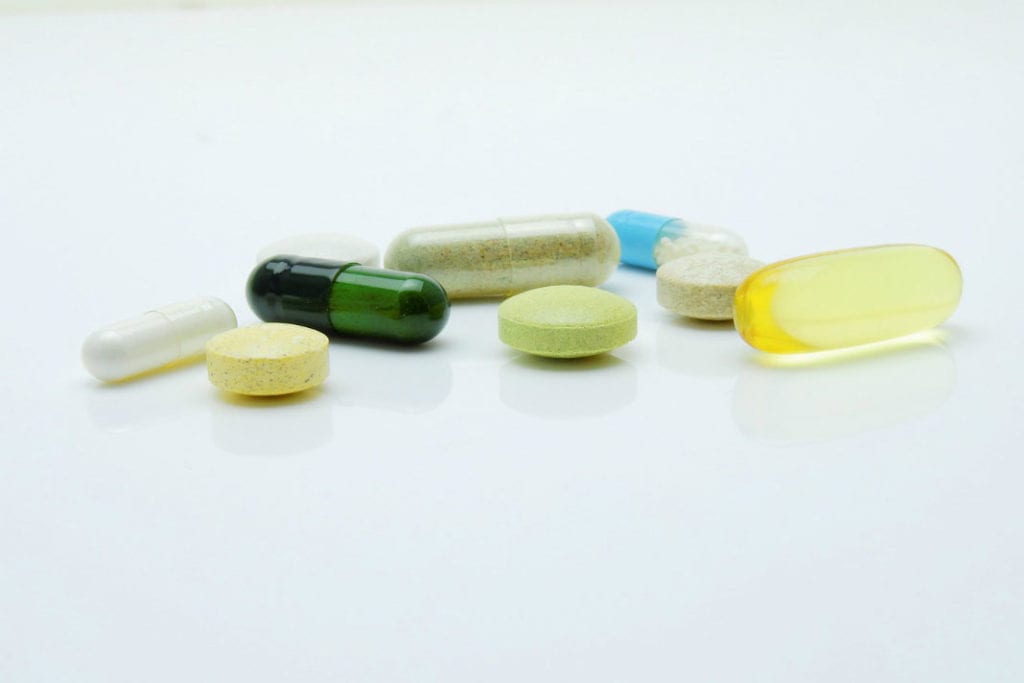In 1964, Henri Hers was studying Pompe disease when he suggested that the absence of lysosomal enzymes could be responsible for several other conditions.
He was right, and a category of diseases was born—Lysosomal Storage Disorders (LSDs).
Shortly thereafter, Christian de Duve suggested that LSDs could be treated by replacing defective enzymes with functioning ones. Elizabeth Neufeld took up the cause and provided practical evidence supporting the use of enzyme replacement therapy (ERT).
In the decades since, ERT has become the leading treatment for many LSDs, including Gaucher disease.
Unfortunately, as anyone with Gaucher disease could probably tell you, ERT is not perfect. While it can help reduce spleen and liver size, and also improve anemia and low platelet counts, it does little to address the bone issues that can be common with Gaucher. If a patient experiences lung or brain involvement (which is mostly associated with Gaucher type 3), ERT does nothing to address it.
Thankfully, there’s more than ERT to treat LSDs.
Three decades after Henri Hers categorized LSDs, Norman Radin proposed a new way to treat them—substrate reduction therapy (SRT). Rather than substitute for missing or defective enzymes the way ERT does, SRT targets the production of substrates (the things that enzymes interact with). By minimizing their production, SRT allows for a greater balance between substrates and functioning enzymes, preventing the buildup of substrates that ultimately causes the symptoms of LSDs.
There are multiple benefits to SRT over ERT.
Enzyme replacement involves regular IV infusions, which can be disruptive to a person’s daily routine and also uncomfortable. Some patients experience immune responses to ERT that make it ineffective. ERT is also expensive, and since it must be maintained over the duration of a person’s life, that cost can really add up.
Substrate reduction, on the other hand, is administered orally, in pill form. Because many different LSDs may share the same accumulating substrates, one SRT treatment can potentially be used for many illnesses. That helps reduce cost while also increasing the number of patients SRT can help. And some SRTs can also cross the blood-brain barrier, which ERT cannot, so it could be helpful for addressing brain involvement (like in Gaucher disease type 3).
So why doesn’t everyone with an LSD use SRT over ERT?
For starters, there are only a couple SRTs available. The first one for Gaucher was approved in 2003, and a follow-up with improved efficacy wasn’t made available until the end of 2014. Like other treatments, SRT can also carry side effects like diarrhea and weight loss. The weight loss in particular can be difficult for juvenile patients whose bodies are still developing.
So where do things go from here?
While more SRTs are in development, the next big jump might actually come with genetic substrate reduction. This would be a drug-free approach where genes involved in the production of substrates are targeted. Some genetic substrate reduction has already been used for LSDs, and it’s being explored for Gaucher. So, while treatment of Gaucher may not be perfect yet, there is hope for the future.







